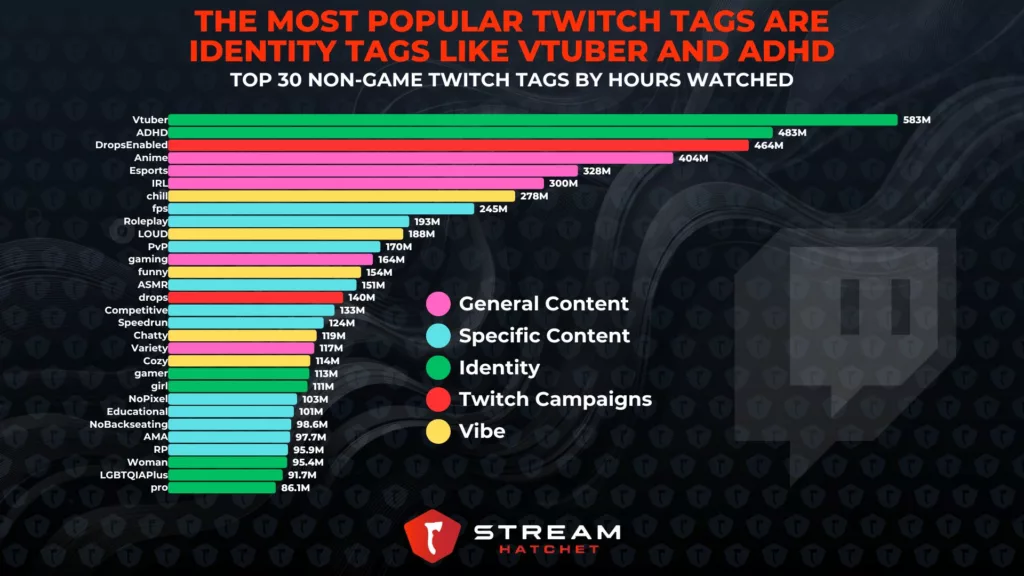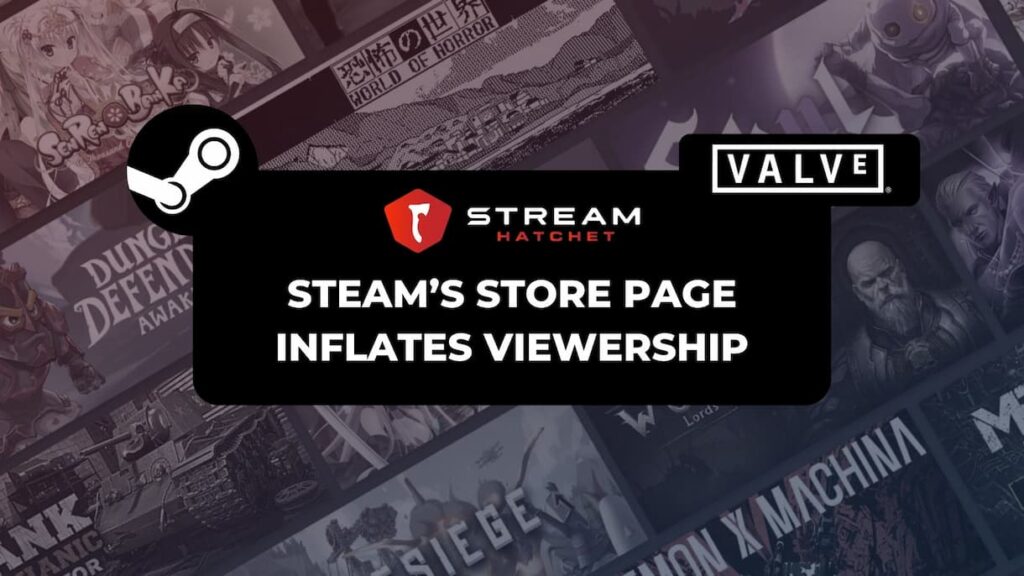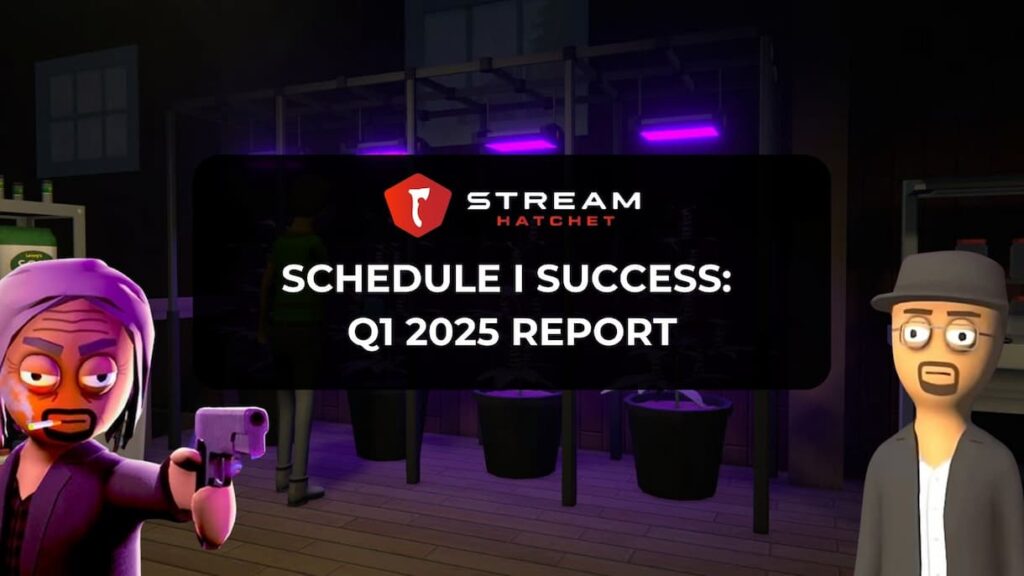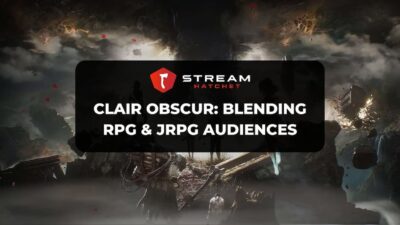For the Twitch viewer who isn’t already a committed fan of any particular streamer, Twitch tags are their primary method for discovering new content. Twitch’s Search function gives weight to tags on streams (as well as looking at stream titles), but viewers can also specifically find tags alone by heading to Twitch’s Browse page. Perhaps the most powerful use of tags though is their function as hashtags (like on X) that can be clicked on directly to find similar content.
In essence, tags are how people find content that matches their specific interests.
In this article, we’re looking at the 30 most popular tags on Twitch and exploring the trends among them, including types of tags, who uses these tags, and how brands and developers can make use of these tags to get their product to the live streaming audience.
But first: Some notes on Twitch tag data!
Tag data isn’t foolproof for a number of reasons that bear understanding before analysis. For starters, Twitch has three types of tags: Automatic tags, category tags, and custom tags. Automatic tags include language tags to denote the streamer’s spoken language, and category tags can be applied to game genres or specific game titles. For the purpose of analysis here, we’re looking exclusively at custom tags.
Additionally, custom tags don’t automatically convert between languages. An English streamer might add the tag “autism” to show their stream is autism-friendly. But a French speaker with the same intention will add the tag “autisme”. These tags therefore aren’t counted together. For this reason, tags that cross language barriers (“anime”) or are internet-friendly acronyms (“IRL”) tend to rank more highly.
Finally, streamers often interpret tags in their own manner. This can be due to many reasons: They may be “blanket tagging” their content (when creators use the same tag on all of their streams even when their content for the day is different). Alternatively, they may use known popular tags to boost their viewership (such as Caedrel or xQc using the “VTuber” tag). Or, as one last example, they might use an FPS tag for a GTA V stream, considering all shooters to be FPS titles. Due to this subjectivity in tagging, some tags become more popular than others.
Five broad categories of tags are used by streamers:

General Content Tags
Content Tags signal what kind of action is actually taking place on screen. This can be quite broad, given that Twitch streams cover any number of topics. Naturally, these General Content Tags rank very highly: Gaming, IRL, and variety tags each rank in the top 30 with the IRL tags ranking highest amongst these at 300M hours watched throughout 2024 so far. This is most likely because IRL streamers have a greater need to separate themselves from the mainstream gaming audience that Twitch was founded upon.
However, some General Content Tags still outperform IRL. Anime is the most popular General Content Tag at 404M hours watched, due to the internet’s love for anime and the ability for anime to cross boundaries between gaming and IRL content. Esports also ranks highly with 328M hours watched, with viewers flocking to Twitch for the vast majority of esports events. Esports can also cover both competitive streams and co-streamers.
Specific Content Tags
Specific Content Tags are essentially sub-categories within General Content Tags. These provide a far clearer image of the action on display in the stream, which means fewer viewers but also a more niche and dedicated audience.
Behind FPS, which is technically a game genre tag, the Roleplay tag is the most popular Specific Content Tag with 193K hours watched. Roleplay is popular primarily due to GTA V roleplays, which have whole servers and communities dedicated to collaborating together on Twitch’s most-watched game. The RP tag is popular for the same reason (as the acronym for roleplaying). The NoPixel tag is related to these GTA V roleplays, as the NoPixel server is the most populated GTA V server for roleplaying.
Other Specific Content Tags are an assembly of well-known content on the internet, including Speedrun (completing a game as quickly as possible), AMA (Ask Me Anything streams where creators chat with viewers), and ASMR, which is surprisingly popular at 151M hours watched.
Identity Tags
Identity Tags popped up when Twitch removed Communities in 2018, giving people with a shared identity the ability to find like-minded people. Following a streamer generally means seeing some part of yourself in them, relating to their experience. Identity tags make it easier for viewers to find this connection. Although some worry that trolls and hate groups might use Identity Tags to harass streamers, the addition is generally seen as a welcome one.
What’s surprising, perhaps, is that Identity Tags are the two most popular tags on Twitch. VTuber is the most popular tag on Twitch with 583K hours watched – 100K more than the second most popular tag. This makes sense given that there is no other guaranteed way for a viewer to easily search for VTubers alone, and VTuber is a term that even non-English-speaking streamers will use. As mentioned earlier though, these numbers may be inflated by non-VTubers jumping on the tag to boost viewership.
ADHD is the second most popular tag on Twitch with 483K hours watched, straddling a couple of different categories. For the purpose of discussion, ADHD is considered an Identity Tag as people with ADHD like to watch neurodivergent streamers with a similar worldview as themselves. However, some streamers also use ADHD to refer to the type of content they’re producing. This may be highly varied content that they’re jumping between (referencing their own short attention span), or even competitive challenges that require multitasking.
Campaign Tags
Campaign tags are highly specific tags that are only used during Twitch campaigns to signal the creator’s participation to potential viewers. These are defined by Twitch and are generally automatically assigned to streams when they’ve turned on their Twitch campaign participation.
The only campaign referenced in the top 30 tags is a Twitch Drops campaign: A community event in which viewers who tune into participating streamers unlock in-game loot based on how many hours they watch. Twitch Drops campaigns are a fantastic way for game developers to celebrate a milestone, or to reinvigorate their game’s popularity by bringing the fanbase together. You can learn more about how to effectively use these campaigns for your own game in Stream Hatchet’s Twitch Drops Campaign article.
Participants in a Twitch Drops campaign have the tag DropsEnabled automatically put onto their streams, explaining the 464M hours watched for this tag. However “drops” also has 140M hours watched, either due to streamers covering their bases or due to streamers discussing and reviewing the drops from recent campaigns (rather than participating in the event themselves).
Vibe Tags
Lastly, we have Vibe Tags: Tags that give the viewer an idea of the atmosphere they can expect when tuning in. With games covering so many genres, it’s easy to see how a hardcore, “sweaty” gaming stream might not appeal to someone looking for a more comical, laidback atmosphere.
Three of the most common Vibe Tags are all fairly similar: Chill, Chatty, and Cozy. All three imply an emphasis on small-scale, mostly IRL content that is less about the game and more about the comforting atmosphere of the streamer presenting the game. Additionally, these tags offer a more concrete way of filtering out the ever-popular esports and competitive content on Twitch. “Chill” alone has 276M hours watched with its internet-friendly wording.
The opposite of this atmosphere is the LOUD tag, appropriately stylized in all caps (although tags are not actually case-sensitive). LOUD may also be capitalized due to the Brazilian esports team of the same name, with some of this tag’s traffic coming from esports fans. LOUD is often combined with the funny tag, with Twitch humor generally featuring noisy displays of high-emotion entertainment. LOUD is slightly less popular than chill, with just 188K hours watched.
Closing Thoughts
The best tagging strategy involves combining all of these tags together, which streamers do naturally as they define the content type, identity, and vibe of their stream. But oddly, Twitch doesn’t allow for native filtering of streams by multiple tags simultaneously. Thankfully, you can find tools online that will do this for you, such as this one from software engineer crunchprank.
However, getting the most out of Twitch tags requires expert knowledge of the live-streaming landscape to understand which tags target which demographics. An indie game dev with a casual crafting game has very different tagging needs to, say, an energy drink company. Understanding tags is the key to finding your audience on Twitch.
Stream Hatchet can provide the insight necessary to make use of tags effectively, suggesting content strands that best align with your company’s needs. To chat with one of our experienced consultants, click below:







